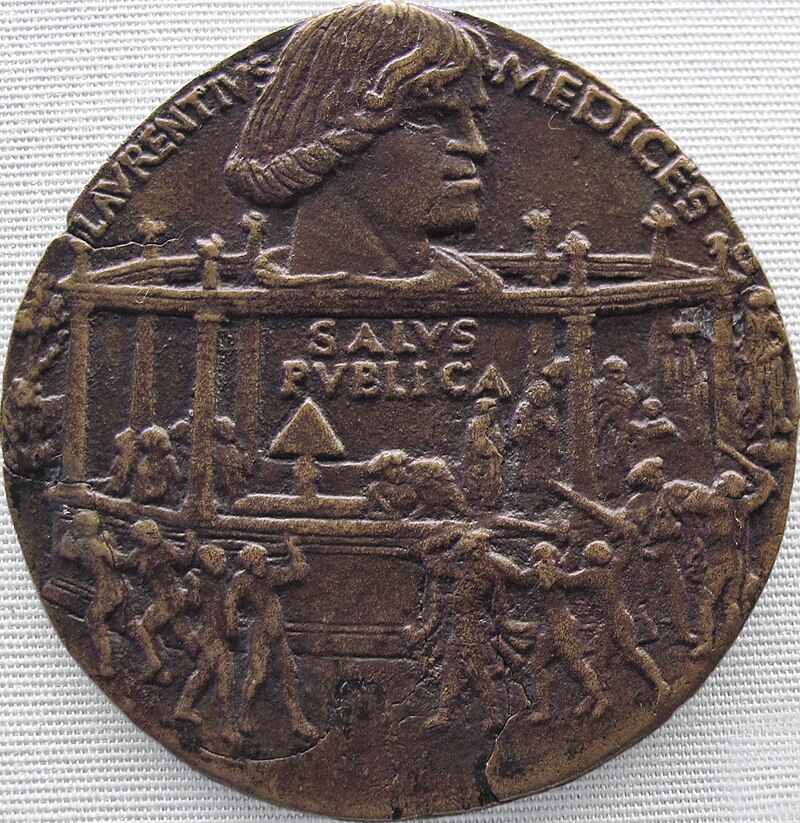
Commemorative medal by Bertoldo di Giovanni, showing the assassination attempt by members of the Pazzi family and their collaborators, 1478. Photo by I, Sailko, CC BY-SA 3.0
The Pazzi Conspiracy, one of the most infamous events in Renaissance Italy, remains a compelling tale of treachery, ambition, and the ruthless pursuit of power. The conspiracy aimed to overthrow the Medici family’s rule in Florence and reshape the political landscape of 15th-century Italy. It was hatched by a cast of conspirators whose profiles are as intriguing as the treacherous plot itself. The key figures behind the Pazzi Conspiracy were brutal and ruthless, just like the quest for power that marked the Italian Renaissance.
Francesco de’ Pazzi
At the heart of the Pazzi Conspiracy was Francesco de’ Pazzi, a member of the illustrious Pazzi family of Florence. Born in 1444, Francesco was a well-educated and affluent young man with a burning desire to elevate his family’s status and challenge Medici’s dominance in Renaissance Florence. He was charismatic, ambitious, and deeply resentful of the Medici family’s influence.
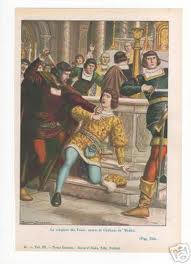
Francesco’s role in the conspiracy was central. He was tasked with organizing the attack during the Mass at the Florence Cathedral on April 26, 1478. Francesco’s decision to lead the assault inside the cathedral was audacious, showcasing his unwavering commitment to the cause and his willingness to personally confront the Medici.
Jacopo de’ Pazzi
Jacopo de’ Pazzi, Francesco’s uncle, was a seasoned politician and businessman known for his cunning and political maneuvering. Jacopo’s motivations were deeply rooted in his family’s desire for power and prestige. He saw the Medici as an obstacle to the Pazzi family’s ascent in Florentine society in the Renaissance.
Jacopo was instrumental in allying with Pope Sixtus IV, who was hostile toward the Medici family. This alliance allowed the conspirators to gain the Vatican’s support and further strengthened their resolve to carry out the plot. However, Jacopo’s meticulous planning was marred by his overconfidence, which would ultimately lead to the conspiracy’s downfall.
Girolamo Riario
Girolamo Riario, the nephew of Pope Sixtus IV, was another key player in this Renaissance Conspiracy. He was married to Caterina Sforza, a member of the powerful Sforza family, and had ambitions of his own. Riario sought to expand his influence in Italy and viewed the Medici family as an obstacle to his ambitions.
Riario’s connection to the Vatican and his familial ties provided the conspirators with crucial support. His marriage to Caterina Sforza also gave him access to the resources and connections needed to carry out the plot. Despite his involvement, Riario remained in the background, allowing Francesco de’ Pazzi to take the lead in executing the attack on the Medici brothers.
Archbishop Salviati
Francesco Salviati, the Archbishop of Pisa, was yet another critical figure in this Renaissance scheme. As a member of the influential Salviati family, he shared the Pazzi family’s desire to challenge Medici rule and restore his family’s influence in Florence.
Salviati’s role in the conspiracy was twofold. First, he was tasked with convincing Pope Sixtus IV to support the plot, leveraging his position within the Catholic Church. Second, Salviati was responsible for ensuring that the cathedral was prepared for the attack, including securing the cooperation of the clergy present during the Mass.
Motivations and Rivalries
The motivations of the Pazzi conspirators were deeply rooted in their desire to wrest power and influence from the Medici family, whose dominance over Renaissance Florence had grown increasingly intolerable to them. The Medici’s immense wealth, political clout, and patronage of the arts had made them formidable figures in Italian politics and society. The Pazzi and their allies sought to break this stranglehold.
Their rivalry with the Medici was not merely political; it was personal. The Pazzi and their allies resented the Medici for their rise from relatively modest origins to become the de facto rulers of Florence. This resentment fueled their ambition and desire for revenge.
Execution and Consequences
The Pazzi Conspiracy reached its deadly climax during the High Mass at the Florence Cathedral on April 26, 1478. Francesco de’ Pazzi and his co-conspirators attacked Lorenzo and Giuliano de’ Medici, resulting in the brutal murder of Giuliano within the cathedral. Lorenzo, wounded but alive, managed to escape and rally Medici supporters.
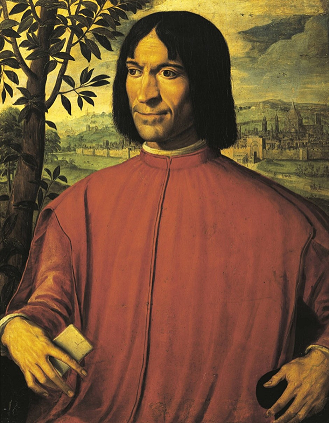
Niccolò Machiavelli, Italian Renaissance diplomat and historian, in his book “The Florentine History” reflected on the conspiracy:
The immediate aftermath of the failed conspiracy was swift and brutal. The conspirators were captured, tried, and subjected to gruesome public executions. Francesco de’ Pazzi and Archbishop Salviati were hanged from the windows of the Palazzo della Signoria, their lifeless bodies left to dangle before an enraged Florentine crowd. Jacopo de’ Pazzi, who had fled the city, was later captured and met the same fate.
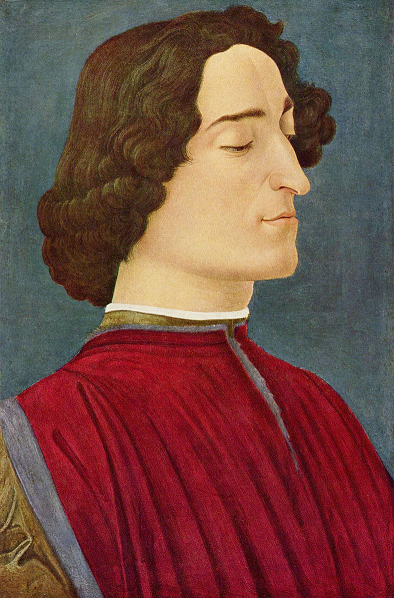
The consequences of the Pazzi Conspiracy extended beyond the immediate reprisals. Pope Sixtus IV’s association with the failed plot damaged the Vatican’s reputation and strained relations with Florence. The Medici family emerged from the conspiracy even more resolute in their determination to maintain their rule.
Legacy
The Pazzi Conspiracy remains a haunting chapter in the history of Renaissance Italy, a tale of ambition, treachery, and the relentless pursuit of power. The conspirators, led by Francesco de’ Pazzi, Jacopo de’ Pazzi, Girolamo Riario, and Archbishop Salviati, were driven by a potent mix of personal rivalry and political ambition. Their audacious plot to overthrow the Medici family’s rule ultimately ended in bloody failure, with repercussions that extended far beyond the conspirators themselves.
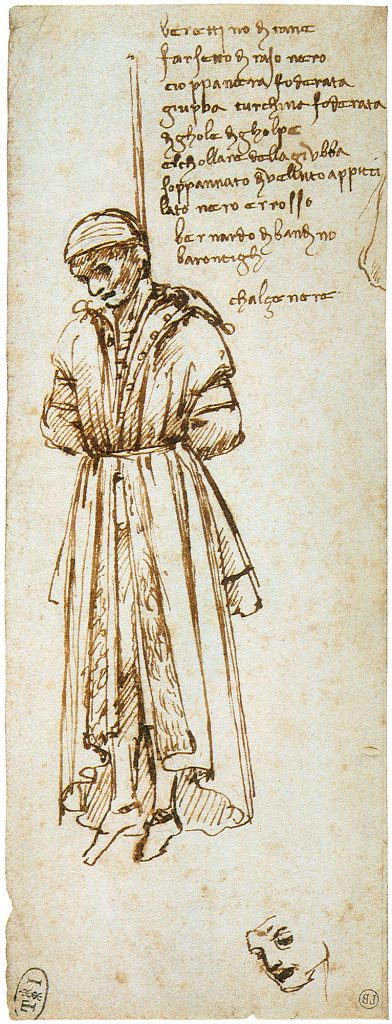
The Pazzi Conspiracy stands as a testament to the cutthroat politics of the Italian Renaissance, where alliances were forged and broken, and power was constantly in flux. It is a cautionary tale of the dangers of overreaching ambition and the enduring allure of power, even in the face of almost certain failure and ruin.
